SUBSTRATE PREPARATION
The subfloor must feature an effective damp proof membrane and should be dry, maintaining an equilibrium relative humidity of 75% or below. If there is no damp proof membrane or if the relative humidity exceeds 75% RH, please refer to the ARDEX Moisture Control brochure or contact ARDEX Technical Services for appropriate product recommendations. The subfloor must be hard, clean, sound, smooth, and free from any barrier materials, in compliance with the relevant clauses of BS 8203 and BS 8204. Prior to applying ARDEX AF 175, ensure that all dust is removed using suitable vacuum equipment, as this can affect both coverage and adhesive performance. Any unevenness in the subfloor should be levelled with the suitable ARDEX Latex or Water-Based Levelling and Smoothing Compound, such as ARDITEX NA or ARDEX K 39. For repairs to the subfloor or stairs up to 50mm thick, ARDEX ARDURAPID A 45 Rapid Drying and Hardening Internal Repair Mortar can be used, following the product data sheet instructions. Minor imperfections, such as joints or nail holes in plywood and surface damage to existing smoothing compounds, can be pre-smoothened using ARDEX FEATHER FINISH in accordance with the product data sheet. Fabricated underlays like flooring-grade plywood (SP101) should be installed over existing timber bases as required, ensuring that wood-based underlays are compatible with the floor covering and at the appropriate moisture content for service conditions.
MIXING
ARDEX AF 175 is ready for immediate use, but to achieve optimal performance, the adhesive should be thoroughly mixed to ensure an even distribution of polymers prior to application.
APPLICATION
The installation area and subfloor should be maintained at the appropriate temperature as specified by the floor covering manufacturer and relevant clauses of BS 8203. These temperatures must be sustained for 48 hours before installation, during installation, and for another 48 hours afterward. Apply ARDEX AF 175 evenly to the prepared substrate using an appropriate serrated trowel, held at an angle of approximately 60 degrees to maximize coverage and prevent adhesive pooling. Floor coverings can be installed directly into the wet adhesive on absorbent surfaces immediately or after an airing time of 5-10 minutes, depending on ambient conditions. Allowing the adhesive to air improves lateral slide resistance and minimizes adhesive squeeze when installing Luxury Vinyl Tile. Ensure only sufficient adhesive is applied to be covered within the working time of approximately 15 minutes. Periodically check for adhesive transfer to the back of the floor covering. Air pockets should be removed with a cork board or rubbing tool while the adhesive is still wet, and the flooring should be rolled with a 68kg roller. Rolling should be done first from side to side and then from end to end to ensure full contact and reduce the risk of adhesive serration grin-through. Some vinyl floor coverings may require additional rolling or smoothing. Heat welding should only begin once the adhesive has adequately dried. After installation, avoid wet cleaning the floor for a significant time to allow the adhesive bond to develop, typically 48 hours at 20°C. Any surplus adhesive moved across the subfloor should not be returned to the original container; instead, it should be placed in a separate container for safe disposal to prevent contamination.
UNDERFLOOR HEATING
Underfloor heating systems should be installed in accordance with the manufacturer’s instructions; if unavailable, refer to the guidance in BS 8203 and BS 8204. Thermal cycling of the subfloor should involve gradually raising the substrate temperature, typically by 5°C per day, to reach full operating temperature, holding it for a defined period before gradually lowering it back down to prevent shrinkage prior to the floor covering installation. If moisture tests are needed to confirm the substrate’s relative humidity, turn off the underfloor heating system for 48 hours before testing. If moisture testing is unnecessary or after tests are completed, the heating system should be stabilized to room temperature, not below 15°C, before installing the floor covering. The substrate surface can then be repaired or smoothed with the appropriate ARDEX product and allowed to dry. Prior to installation with ARDEX AF 175, allow the floor covering to acclimatize to the substrate temperature. After installation, maintain a constant temperature for at least 48 hours to ensure proper adhesive curing before gradually increasing to the normal operating temperature. Avoid subjecting the floor to static or dynamic loads, such as heavy trolleys or furniture, until the adhesive has fully set, typically 48 hours at 20°C.


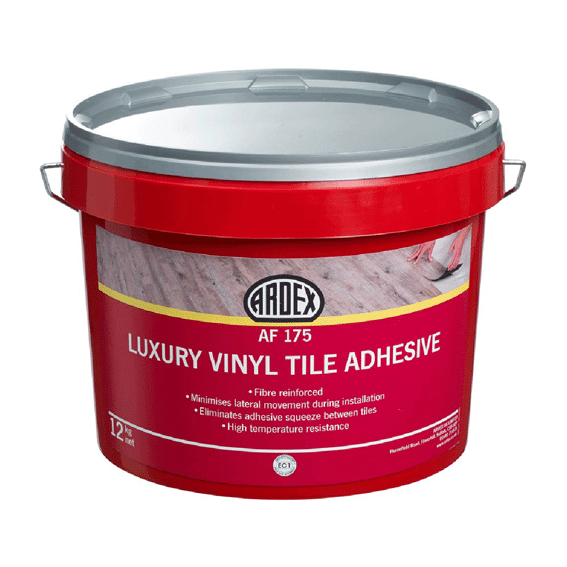
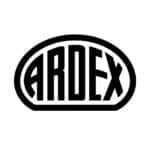
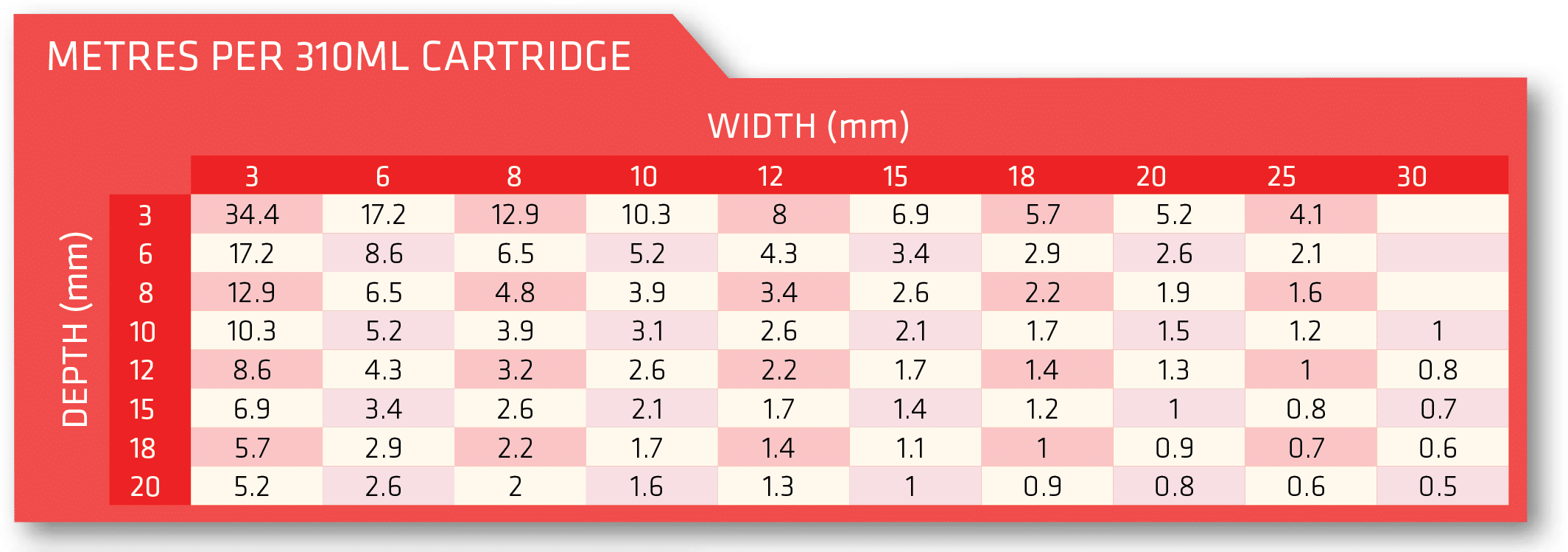
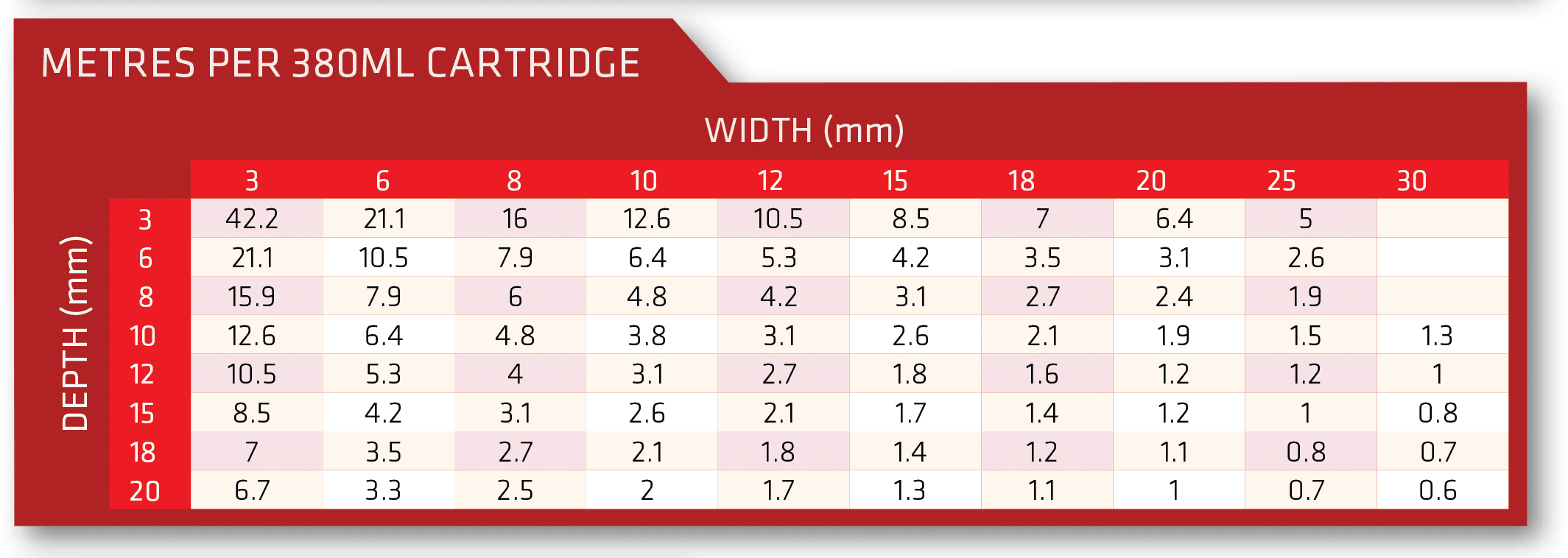
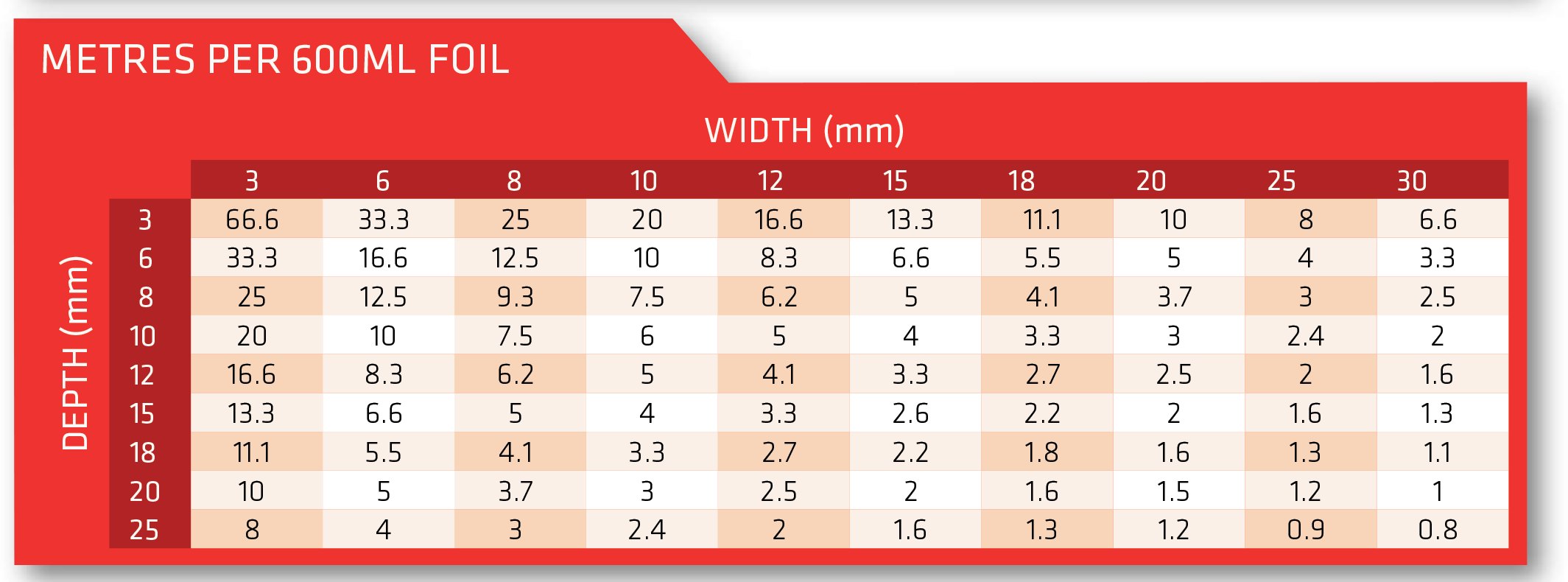

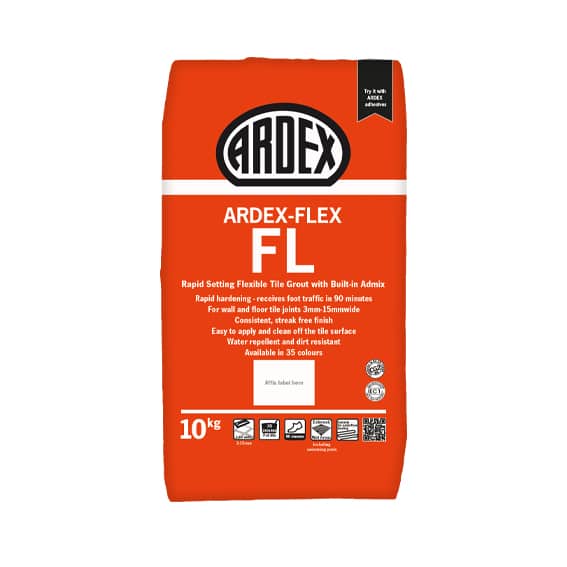
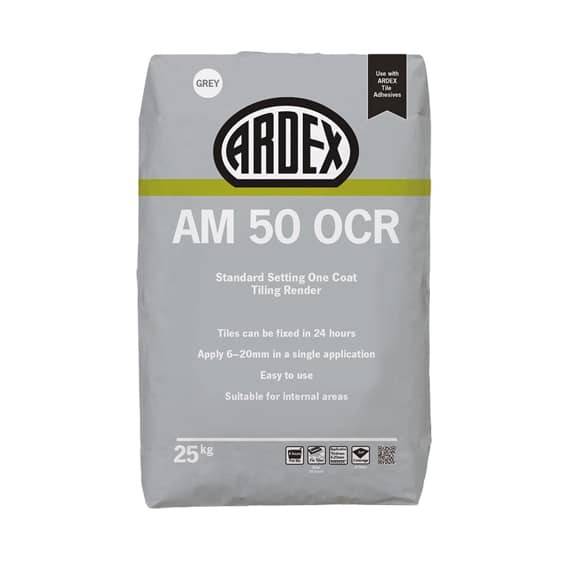
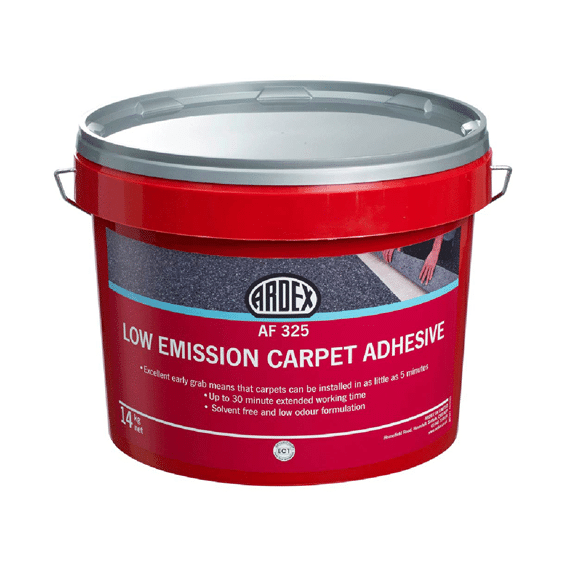
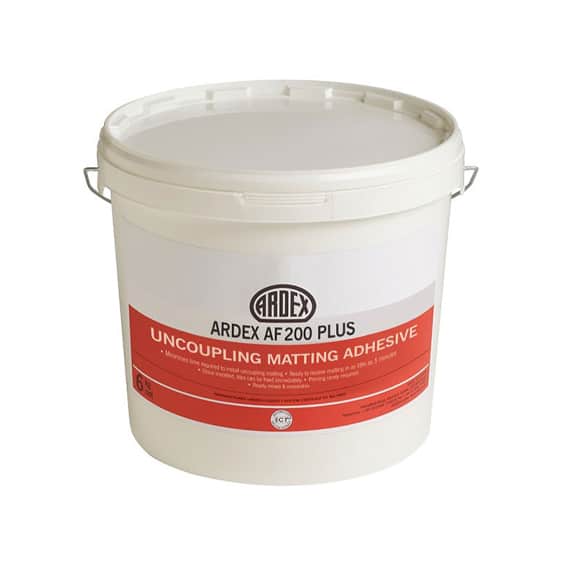



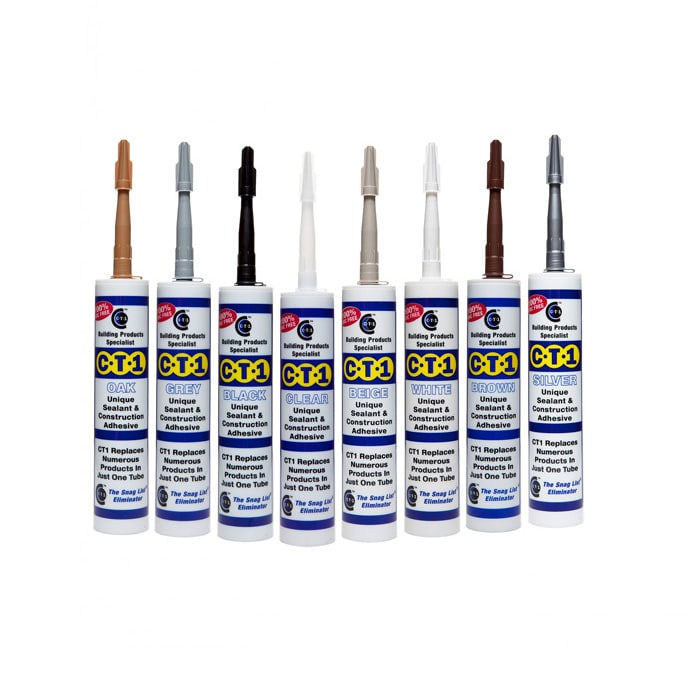
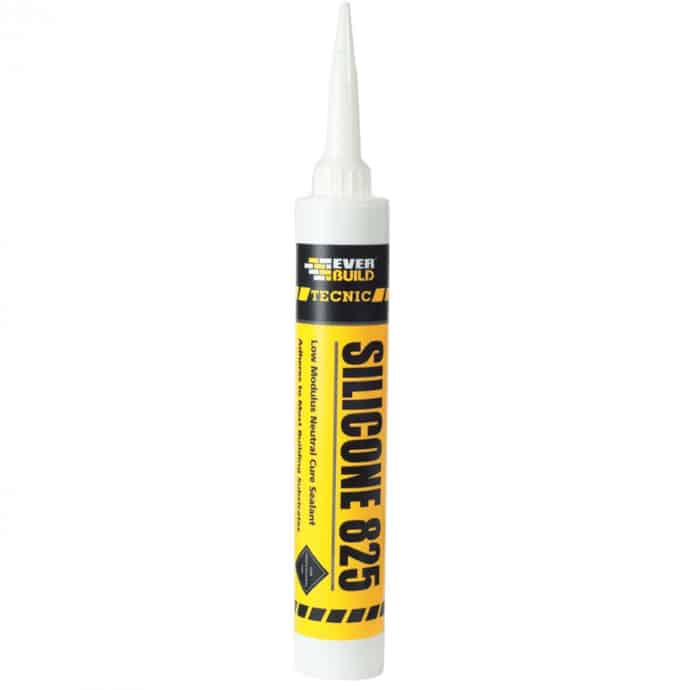
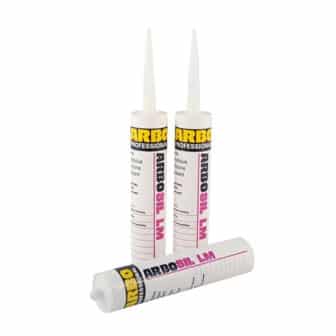
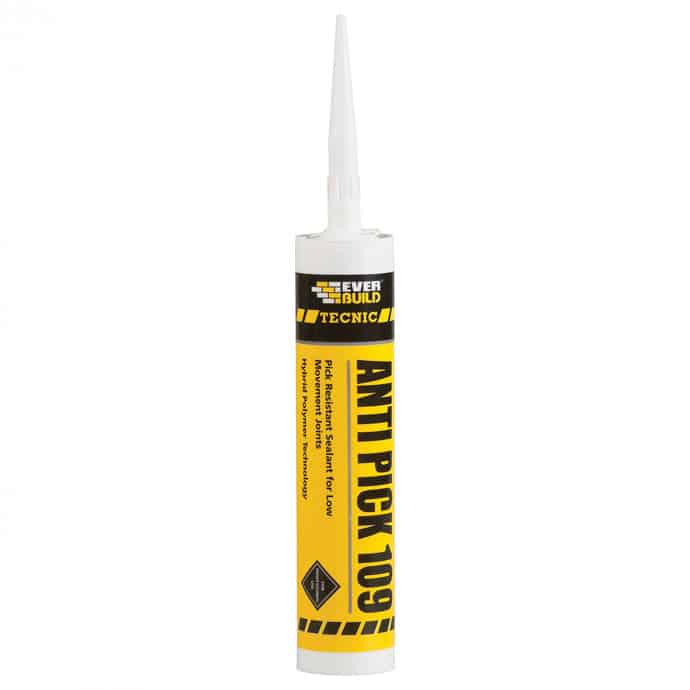
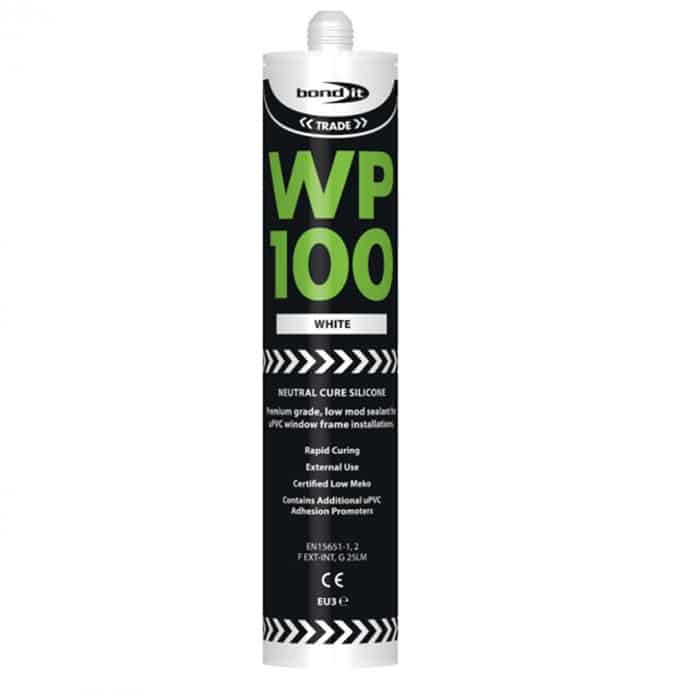
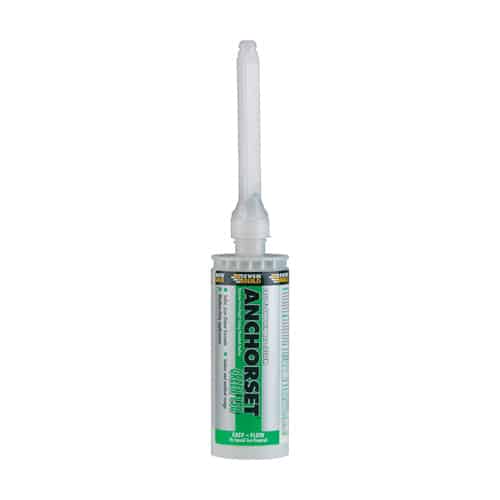
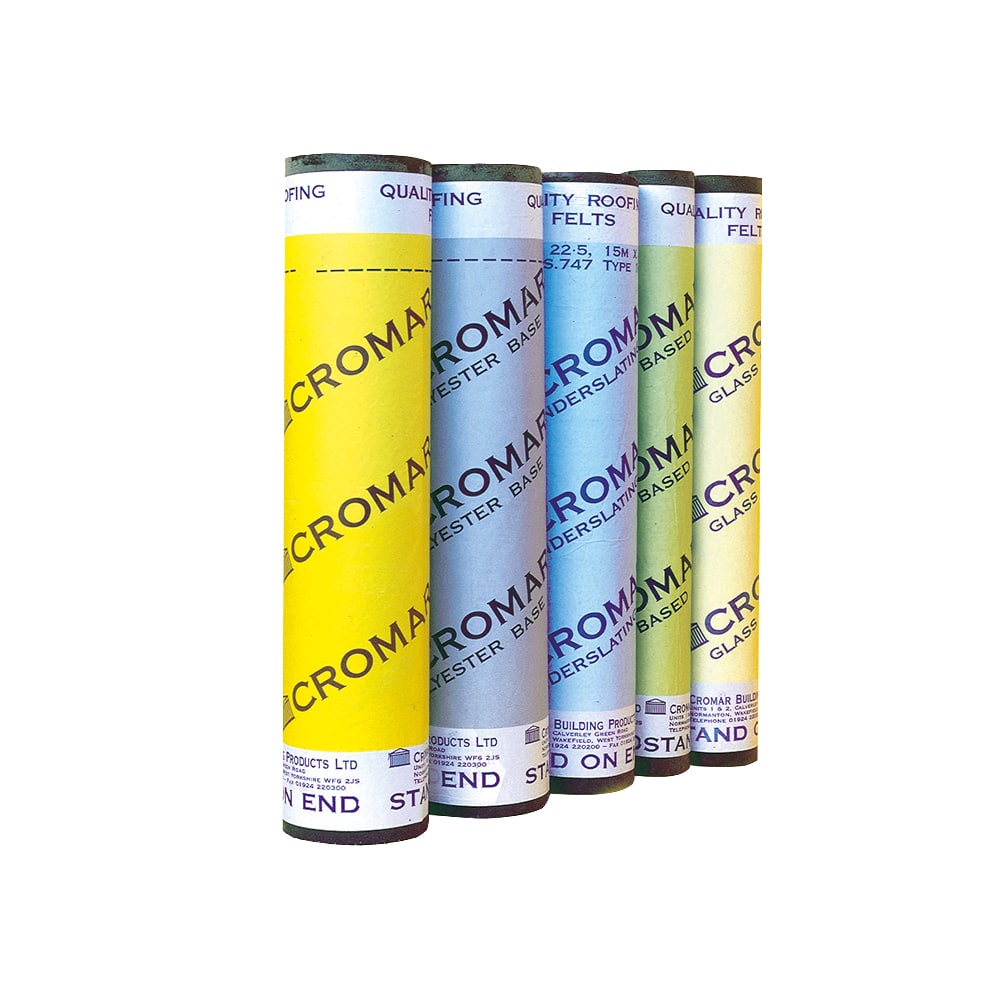
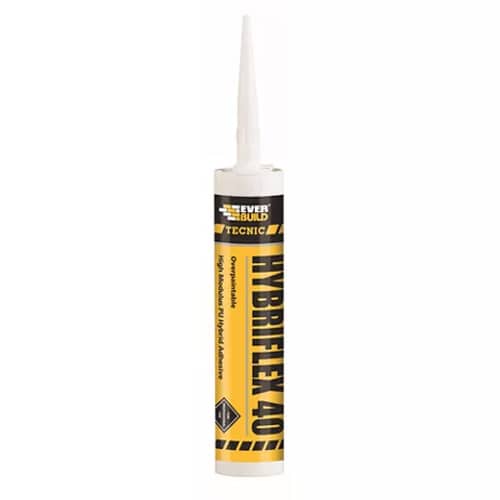
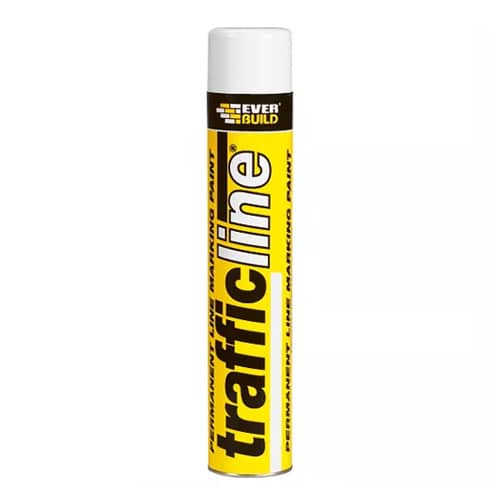
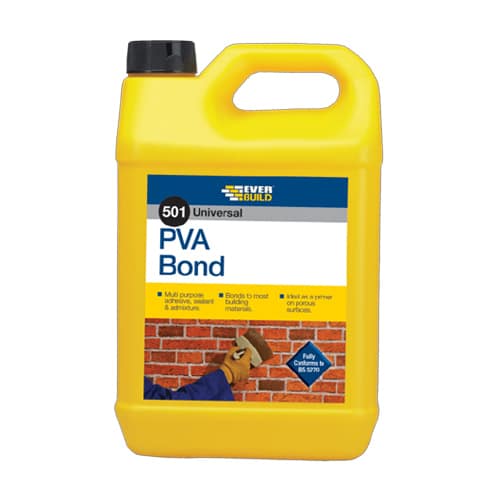
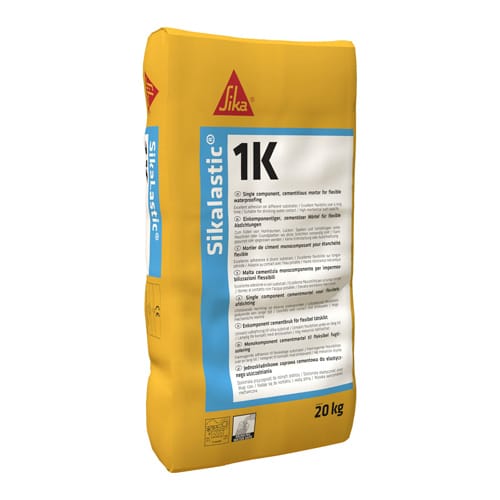
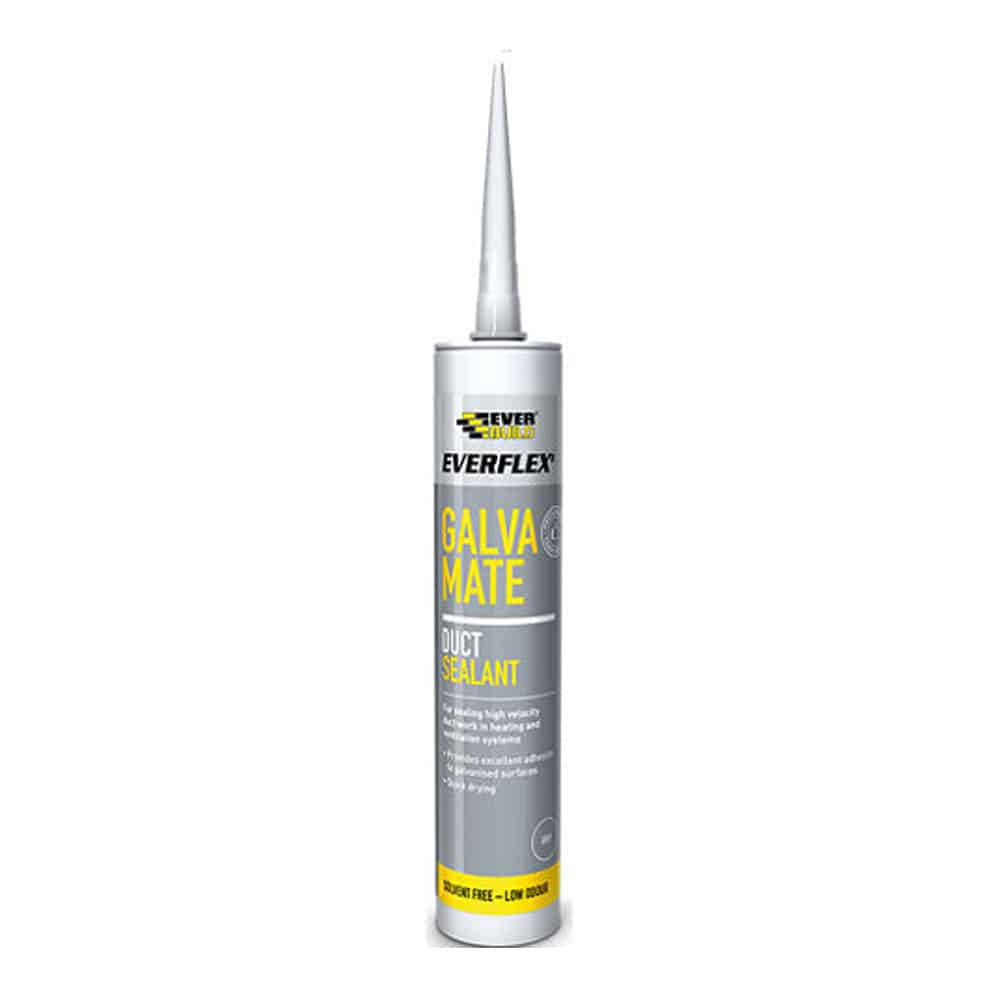
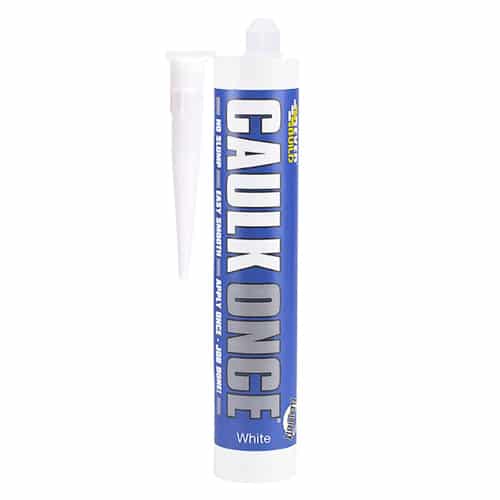
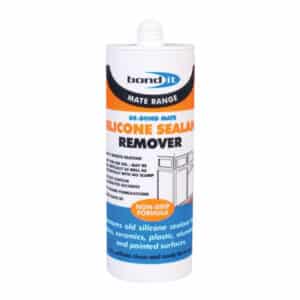
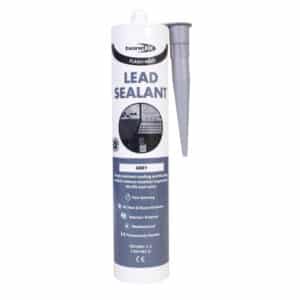
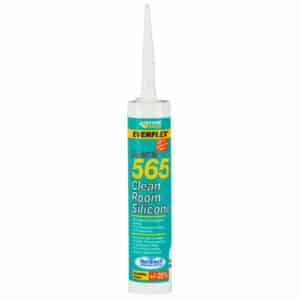
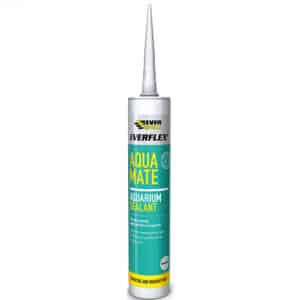
Reviews
There are no reviews yet.